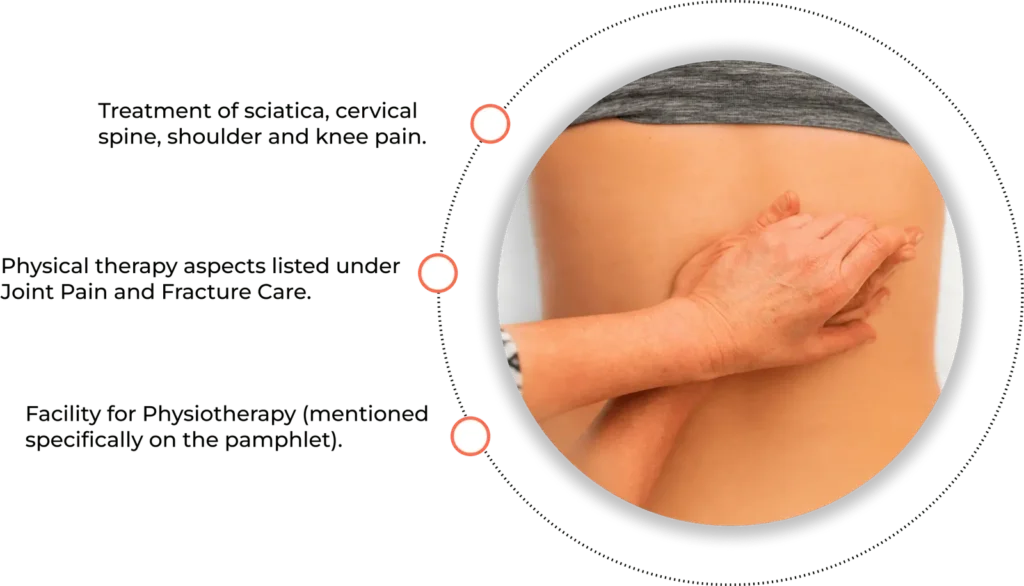Physioterapy
Explore effective physiotherapy treatments to improve movement, reduce pain, and enhance your overall physical health.

Your FAQs
Physiotherapy is a treatment to restore, maintain, and improve mobility and physical function.
Physiotherapy can help with pain, injuries, and conditions affecting muscles, bones, and joints.
Physiotherapy uses exercises, manual therapy, and other techniques to help ease pain and increase mobility.
Some places require a referral, but many do not. It’s best to check with your physiotherapist or insurance.
A typical session usually lasts about 30 to 60 minutes, depending on your treatment needs.
Physiotherapy can be very effective in managing back pain and improving your function.
Physiotherapists use exercises, stretches, massage, and sometimes machines that help with therapy.
Yes, physiotherapy is safe for children and can be adjusted to suit their specific needs and age.
How often you go depends on your condition and the recommendations of your physiotherapist.
Yes, physiotherapy is very helpful in treating sports injuries and helping athletes recover and prevent future injuries.
Gallery
- View All
- Doctor




